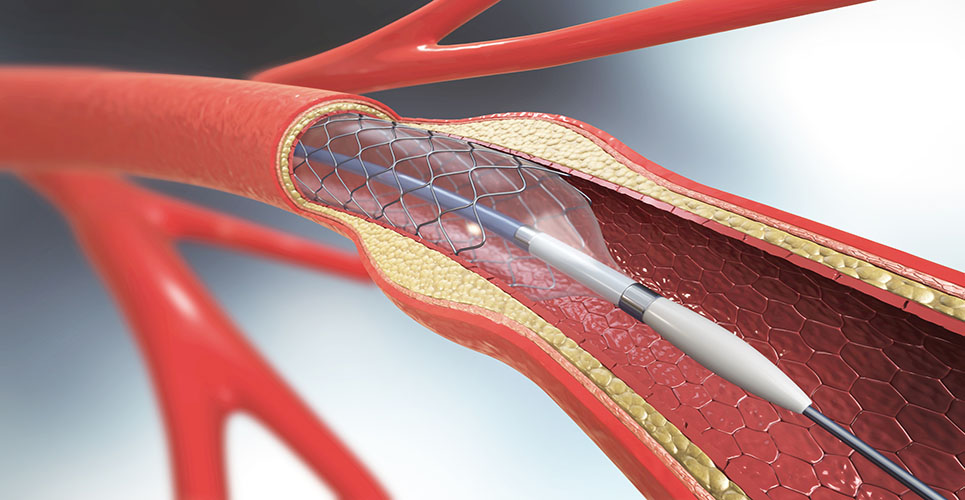teaser
Coronary implantations of absorbable magnesium stents can achieve an immediate angiographic result similar to the result of other metal stents, according to results of a non-randomised prospective multicentre clinical trial.
The study found such results came about due to tacking-up of dissections and prevention of wall recoil. Stents can be safely degraded after four months. This potentially avoids the need for long-term antiplatelet treatment to avoid thrombosis with permanent metal stents.
Modifications of stent characteristics with prolonged degradation and drug elution are currently in development.
In the study, 63 patients (44 men; mean age 61.3, SD 9.5 years) in eight centres with single de novo lesions in a native coronary artery were enrolled. Follow-up included coronary angiography and intravascular ultrasound at four months and clinical assessment at six months and 12 months.
The primary endpoint was cardiac death, nonfatal myocardial infarction, or clinically driven target lesion revascularisation at four months. Overall 71 stents, 10–15mm in length and 3.0–3.5mm in diameter, were successfully implanted after pre-dilatation in 63 patients.
Results were:
• Diameter stenosis was reduced from 61.5 (SD 13.1%) to 12.6 (5.6%) with an acute gain of 1.41mm (0.46mm) and in-stent late loss of 1.08mm (0.49mm).
• The ischaemia-driven target lesion revascularisation rate was 23.8% after four months, and the overall target lesion revascularisation rate was 45% after one year.
• No myocardial infarction, subacute or late thrombosis, or death occurred.
• Angiography at four months showed an increased diameter stenosis of 48.4 (17.0%).
• After serial intravascular ultrasound examinations, only small remnants of the original struts were visible, well embedded into the intima. Neointimal growth and negative remodelling were the main operating mechanisms of restenosis.
Lancet 2007;2 June;369

